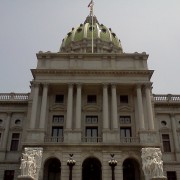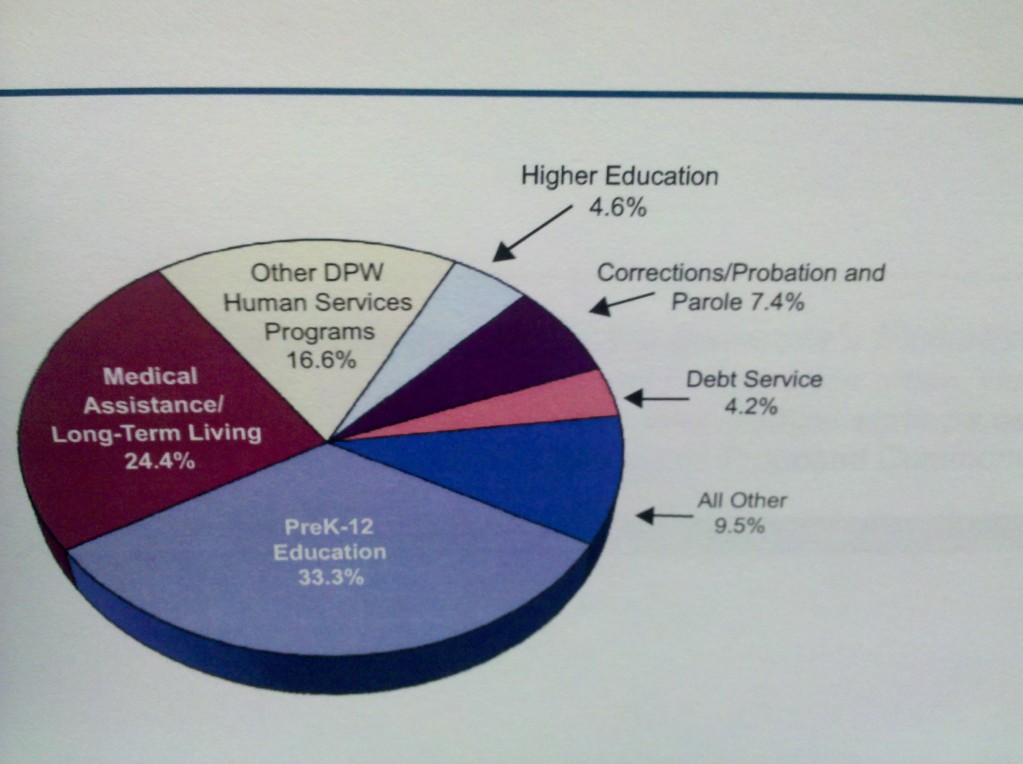House Votes to Update Caregiver Program
Pennsylvania’s Family Caregiver Support Act was written to reimburse eligible families for expenses relating to caring for an older adult at home, but reimbursement rates have never increased and restrictive guidelines have kept many families on the outside looking in. “In fact, these restrictions have led to almost $1-million dollars going unspent last year,” says executive director of the Pennsylvania Homecare Association Vicki Hoak. That’s despite a waiting list for the program.
The state House voted unanimously (199 – 0) for a bill that would ease those restrictions to allow non-relatives into the program, and increase the maximum monthly reimbursement rate from $200 to $500 dollars. “I developed a keen interest in the program, and became concerned with the fact that despite the obvious increase in our cost of living, since the program began in 1990, the reimbursements to caregivers were never adjusted upward,” says the bill’s prime sponsor Matt Baker (R-Tioga/Bradford), who has personal experience as a family caregiver.
Advocates say seniors want to age in their own homes, and State Rep. Phyllis Mundy (D-Luzerne) points out that it’s far less costly to care for a person at home than in an institutional setting. “The economic value of Pennsylvania’s caregivers has been estimated in the billions,” Mundy said on the House floor. “Without the support of these unsung heroes, our commonwealth would face even greater fiscal challenges.”
This is the fourth time the House has passed such a bill, and Rep. Baker hopes this is the year it makes it past the goal line. He says the Corbett administration has indicated its support. Up next for HB 210 is the State Senate, where Kim Ward (R-Westmoreland) has introduced a companion bill. The Family Caregiver Support Program is funded through the Pennsylvania Lottery.















